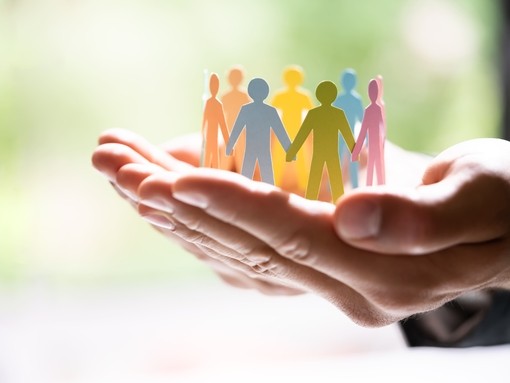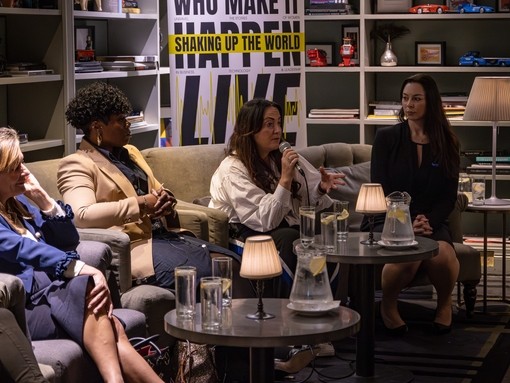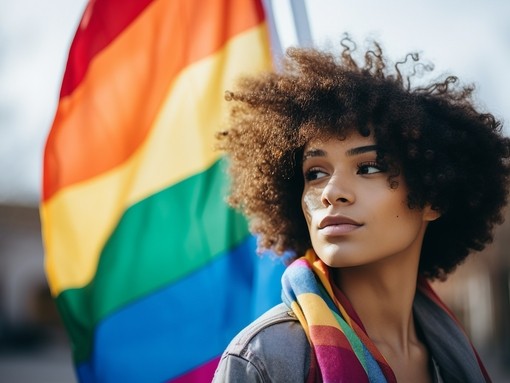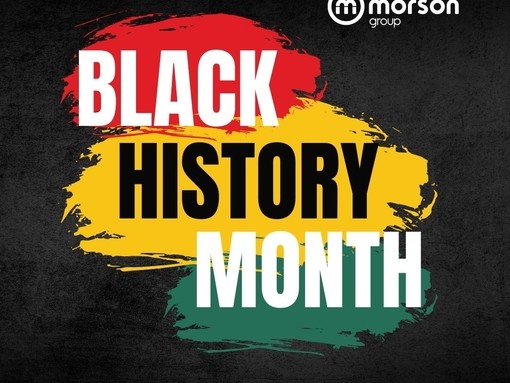
Behind the Rainbow. The story of Pride Month and the global LGBTQ+ celebration
Contents
Contents
Every June, cities worldwide burst into colour, music, and celebration as millions come together to honor LGBTQ+ Pride. But behind the glitter and parades lies a powerful story of resilience, protest, and progress.
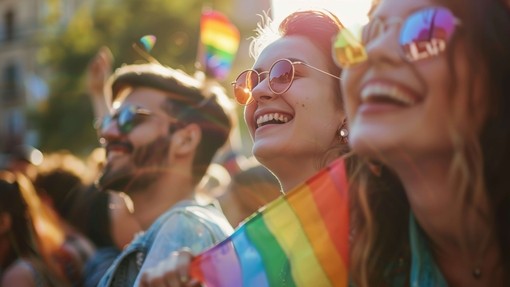
Did you know Pride Month is celebrated in June to mark the Stonewall uprising of 1969? Or that the iconic rainbow flag had originally more colors and first flew over San Francisco in 1978, becoming a global symbol of love and diversity?
As Pride Month unfolds, we’re diving deeper into what this celebration truly means, the ongoing fight for equality around the world, and how workplaces can use this moment to connect with the LGBTQ+ community and promote genuine inclusion.
To love, to live, and exist without fear
Pride Month, celebrated every June, is a time to honor the LGBTQ+ community: its history, culture, progress, and ongoing struggles. It’s a vibrant mix of celebration and activism, filled with parades, art, speeches, and public displays of unity.
At its heart, Pride is about visibility and freedom: to love, to live, and to exist without fear. It’s a time to celebrate the community’s strength and diversity, while also spotlighting the injustices that still need to be challenged.
Yes, it’s a party, but it’s also a protest. Pride began as a fight for rights, and that spirit still marches on.
From Stonewall to the first Pride marches…
Pride Month traces its origins to a defining moment in LGBTQ+ history: the Stonewall Riots of June 1969. When police entered the Stonewall Inn, a gay bar in New York City’s Greenwich Village, the LGBTQ+ community fought back in a series of spontaneous protests that lasted for days. This uprising marked a major turning point in the fight for gay rights in the United States.
A year later, in June 1970, the first Pride marches were held in New York, Los Angeles, and Chicago to mark the anniversary of the Stonewall Uprising and call for equal rights.
Brenda Howard, the “Mother of Pride”
The historic Pride events were led in part by Brenda Howard, a proud bisexual activist known as the “Mother of Pride.” She organised the Christopher Street Liberation Day March in New York – the very first Pride event – which became the model for the NYC Pride March and inspired similar ones across the world.
Howard’s activism helped transform a moment of resistance into a global movement for visibility, unity, and equality. As she famously said:
The next time someone asks you why LGBT Pride marches exist or why Gay Pride Month is in June, tell them, ‘A bisexual woman named Brenda Howard thought it should be.’
London’s first Pride march
The UK followed on 1st of July, 1972, with London’s first official Pride march, led by the Gay Liberation Front. From there, the movement grew, spreading across borders, cultures, and continents.
Today, Pride is global. In some places, it’s a glittering street party. In others, it’s a quiet act of courage. But wherever it takes place, Pride continues to be a powerful expression of solidarity, resistance, and love.
The world’s biggest pride marches
In terms of the largest Pride festivals in the world, New York City and São Paulo lead the way, each drawing crowds of up to 4 million people for their Pride events.
São Paulo Gay Pride in Brazil is also considered the biggest Pride parade in the world, holding the record in the Guinness Book of World Records. It lasts for 5 days and starts 3 weeks before with concerts, cultural performances, street markets, etc.
Following closely are Madrid, Toronto, Berlin and San Francisco, each attracting hundreds of thousands – and sometimes over a million – LGBTQ+ people and allies who come together to march, dance, and demand equality.
In the UK, the two largest Pride parades are in London and Brighton & Hove Pride.
The story behind the rainbow flag
Finally, the iconic symbol of the LGBTQ rights movements – the rainbow flag. It was created by Gilbert Baker nearly half a century ago for the San Francisco Gay Freedom Day Parade in June 1978, which drew hundreds of thousands of people.
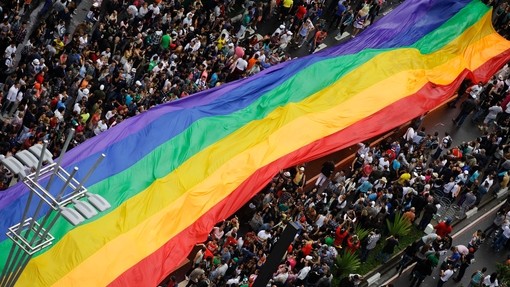
A Rainbow Flag was a conscious choice, natural and necessary. The rainbow came from the earliest recorded history as a symbol of hope.
– Gilbert Baker
The original flag had eight colours, but hot pink and turquoise were later removed, resulting in the widely recognised six-colour version. Each stripe carries meaning: Red for life, orange for healing, yellow for joy, green for nature, blue for peace, and violet for spirit.
Today, the rainbow flag remains a vibrant symbol of unity, pride and celebration. But it’s not alone. There are now over 20 different Pride flags, each representing unique identities within the LGBTQ+ community, including the Transgender Pride Flag, Bisexual Pride Flag, and many more.
Pride movement in the UK
While it’s impossible to capture every key moment, the Pride movement in the UK has grown since the early 1970s, fuelled by activism and the fight for LGBTQ+ rights.
The 1980s and 90s were particularly difficult, especially with the introduction of Section 28 in 1988, which banned the “promotion” of homosexuality in schools. Yet, this also sparked a renewed wave of activism as the LGBTQ+ community and allies pushed back, demanding change and equality.
The 2000s marked a period of transformation and legal progress. In 2004, civil partnerships were introduced, giving same-sex couples legal recognition. A decade later, same-sex marriage became legal in England and Wales, followed by Scotland in 2014 and Northern Ireland in 2020.
Also, in 2010 the Equality Act was introduced, protecting people from discrimination based on sexual orientation or gender identity.
How to promote inclusivity in the workplace
Pride Month is a powerful opportunity for organisations to demonstrate their commitment to diversity and inclusion. Not just in words, but in meaningful actions. Creating workplaces where LGBTQ+ employees feel safe, valued, and supported is essential.
It is absolutely imperative that every human being’s freedom and human rights are respected, all over the world.
– Jóhanna Sigurðardóttir, former Icelandic Prime Minister and first openly gay head of state
Inclusive workplaces lead to stronger teams, better ideas, and a more engaged workforce. But real inclusion goes beyond rainbow logos. It requires ongoing effort and intention.
Here are 5 steps to support your LGBTQ+ colleagues:
- Use inclusive language that respects all identities.
- Challenge exclusionary or harmful behaviour whenever you see it.
- Educate yourself and others on LGBTQ+ issues and experiences.
- Update workplace policies to reflect inclusivity and equality.
- Create safe spaces and encourage allyship year-round, not just during Pride Month.
Pride is a celebration, but it’s also a reminder that inclusion must be an everyday commitment. When companies embrace it, everyone wins.
At Morson Group we are committed to ensuring equal opportunities for all staff and applicants by driving ED&I in the sectors we operate. We are improving the diversity of our company and building inclusive cultures every day.
Check out our Diversity Policy


